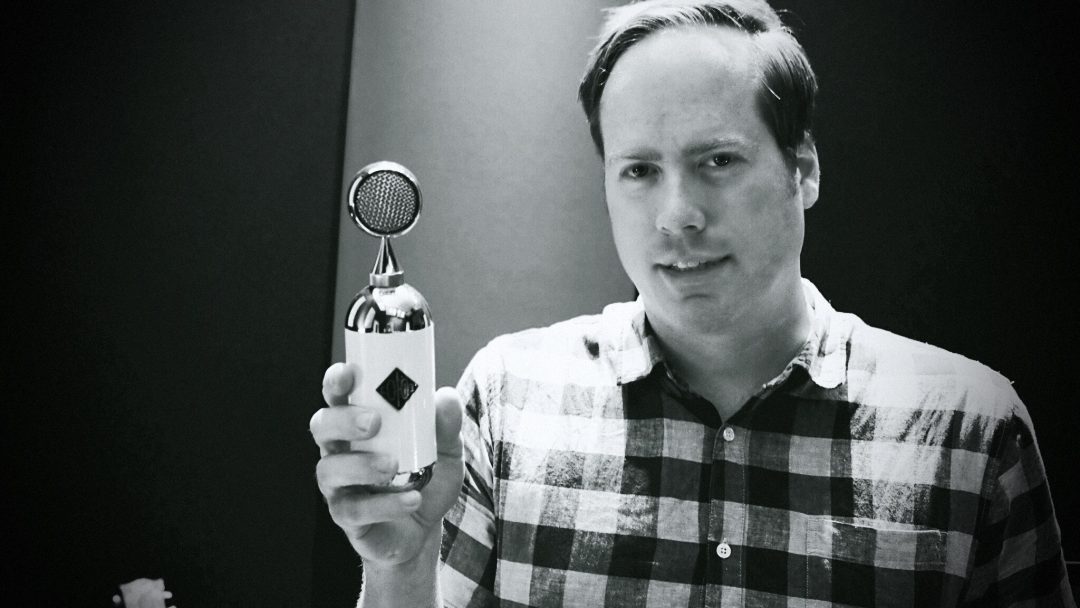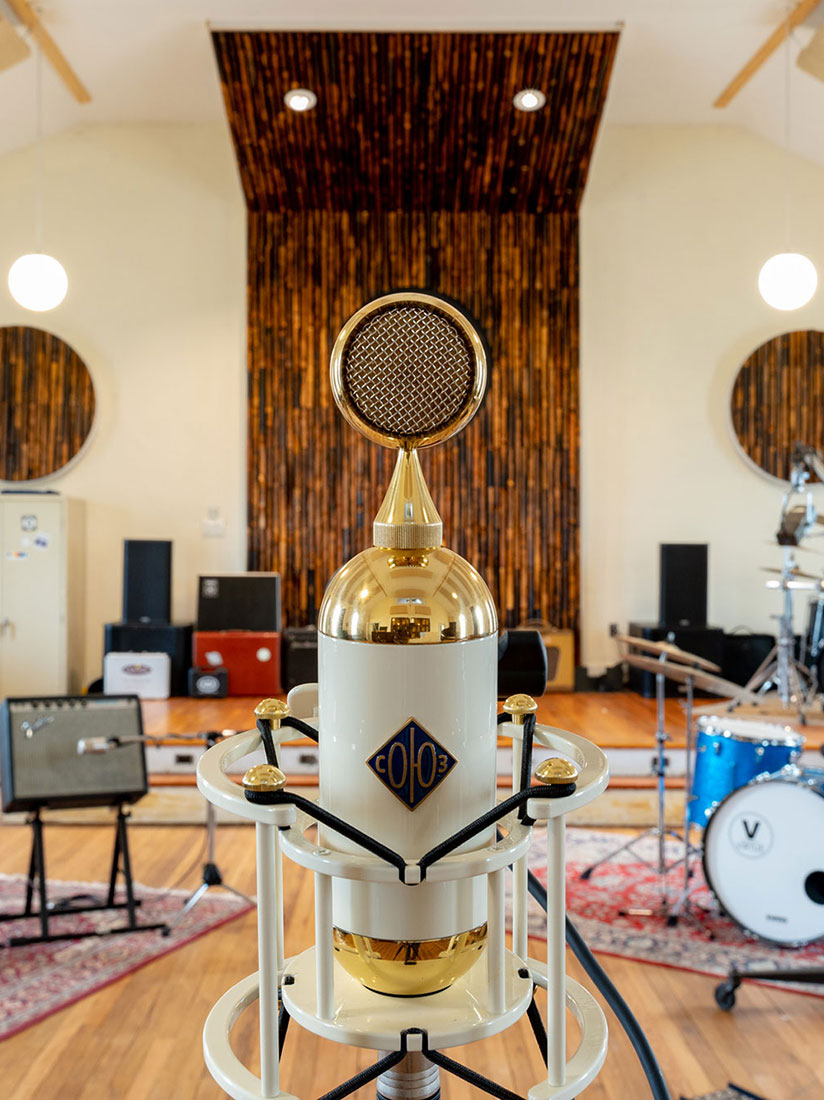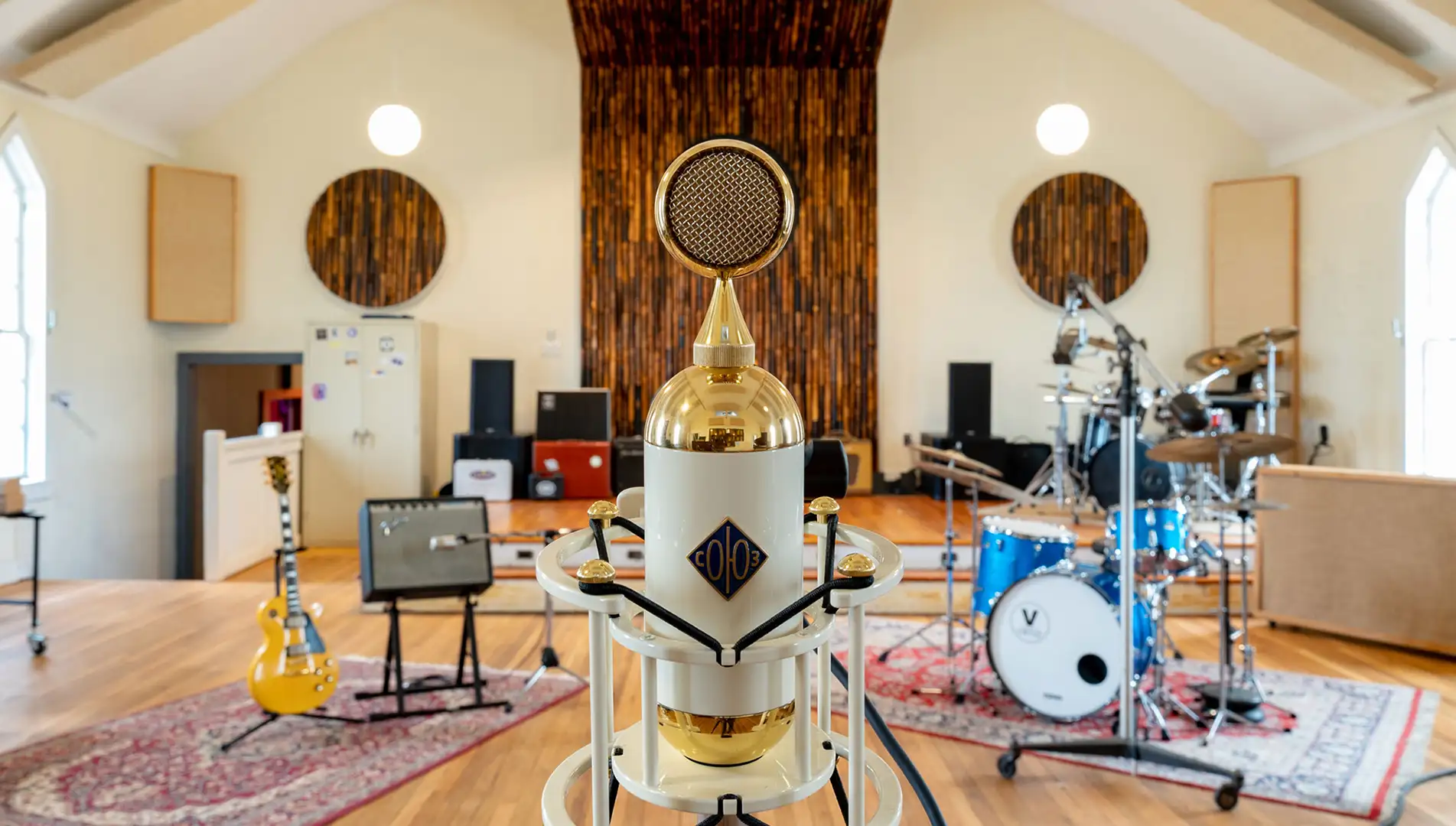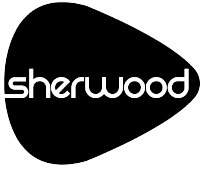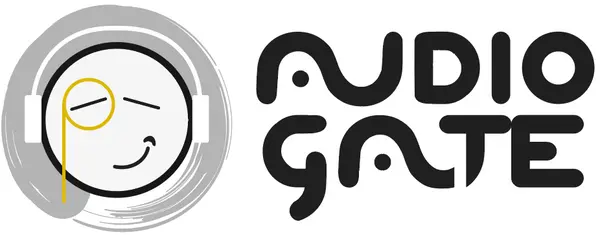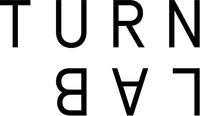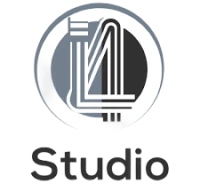It’s been 20 years since the chart-smashing Backstreet Boys mega-hit “I Want It That Way” made its world debut. To honor the anniversary, the group returned to the studio to re-create their single in a new light.
We spoke with Chris Bethea, who tracked and mixed the song’s new incarnation. Chris talks about his approach to tackling an iconic piece of modern music history — a process that involved traveling across the country and how the Soyuz 017 TUBE played a prominent role in the process. Read our interview with Chris and hear the new version of the song below.
You know, I think like most people I grew up playing in bands, all that kind of stuff, and my plan A was to be the guitar player in a band. As a kid growing up, in high school, that’s what we all wanted to do. And my plan B was to be an engineer…. which was probably a terrible plan B, but my parents encouraged me.
I went to school at the University of North Alabama to pursue the engineering side of music and I was still kind of playing in bands and still kind of thinking that was gonna work, but over the course of my time at UNA, I realized the engineering aspect was more interesting to me than actually playing. So I was at school to learn how to record and all that kind of stuff, and basically ended up living in the studio there and just absorbing everything I could. That actually became my passion for playing music.
I totally know what you mean. Coming from the band side of things, that first studio experience is intoxicating! You discover how fun it is to craft sounds in this new way.
Yeah, exactly! I mean, we went on tour and I’m stuck with five guys in a Ford Expedition, gas is $4 a gallon that summer… and ya know, I’m thinking, “I’m not sure this is the life for me. I can go back to the studio and everything stays set up.” You don’t have to deal with that junk every day. I got turned off from the touring life pretty quick.
I’m technically in Florence, Alabama but that’s about a football’s throw away from Muscle Shoals, which of course is known for its huge and rich music history. So there are a lot of studios here and I did my internship with a guy named Gary Baker. Gary is a Grammy-award-winning songwriter for his huge song, I Swear. John Michael Montgomery and All-4-One, you know, a massive song.
He was building a studio in downtown Florence at the time I interned with him and I got to see a multi-million dollar studio being built. It was built by Michael Cronin, who has built studios all over the world. So I got to be here from the beginning and got to be friends with Gary and the other staff songwriters at the time and made myself super useful as an intern.
You think you kind of know what you’re doing until you get thrown in the fire.
Eventually, he gave me a shot to be his staff engineer; I didn’t really have the experience at the time. You think you kind of know what you’re doing until you get thrown in the fire. So for the next several years I did all of Gary’s projects. We worked together for about ten years. He ended up selling the studio to the University of North Alabama, though he still has his office and I still have my mixing room inside the building. Now I primarily mix, but still will do tracking of stuff that is interesting to me or what Gary is doing as a producer.
How did you come across Soyuz? How did you discover the 017 TUBE?
It’s kind of an interesting story. To give you a little background, The Backstreet Boys had hired Gary to produce [“I Want it That Way”] and we knew we would be doing some traveling because there are five guys in the group and it’s hard to get them all at one place at the same time.
We had some microphones here that we had used for several years that, for the most part, made us fairly happy, but I just felt that on this project — being of the magnitude that it was — I was ready to try something else; something that I would be even more happy with. I started hunting around online and started to see things about Soyuz and the 017 TUBE and heard rumblings from friends.
I have a good producer friend in Nashville, Brad Crisler, who had called me several times saying, “Man, this microphone is magic. I don’t even use my other mics anymore. I don’t know what it is about it, but it is magic.” I kept hearing people say things like that.
I’m not a super technical engineer; I’m not really into every new piece gear coming out. That’s not my world. So if I’m going to buy something, I want to be able to know that it’s going to make a difference. You know? It needs to be audibly better than what I’ve been using. Every impression I got — and feedback from people to things I was reading online — made me feel that the 017 TUBE was a game-changer and could make for less work for a greater vocal sound.
…if I’m going to buy something, I want to be able to know that it’s going to make a difference
We were actually sitting in the studio doing percussion overdubs on the song and I was thinking about vocals and said, “Man, I’m just gonna buy one.” I had never used one and had no idea what I was getting into, but just went for it and hoped it would work. I got it and plugged it in, and with just me talking into it I thought, “I want to tell a story or something right now. I sound great just talking!”
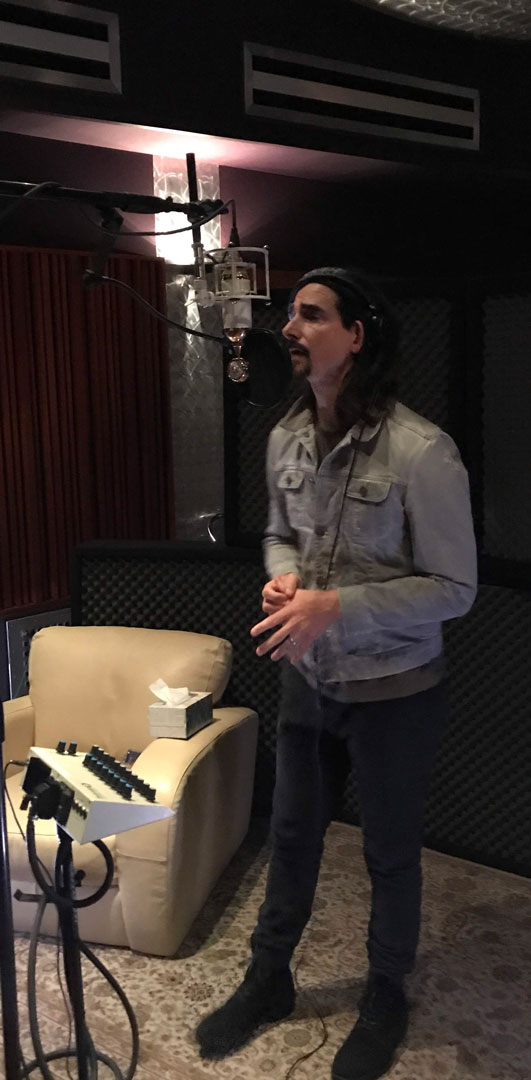
So I packed it up and flew out to start vocals not knowing what I was getting into. I got to the studio in Las Vegas and they had a Sony C800 already set up. I said, “All right guys, we’re gonna take that down and try the Soyuz.”
Nick (Carter) was the first guy to start singing that day. I was a little nervous: here is a brand new microphone that I’ve never heard and I’m about to record one of the most famous songs in pop music history, but man, when he first started singing I gave out the biggest sigh of relief! It was soaring. Just absolutely perfect.
I got many, many compliments from the other engineers at the studio helping and from people overhearing. Everyone was shocked and asked, “what microphone is that!?”
So really I just took a chance on it and now I can’t imagine NOT having it.
That is amazing. That’s the best we could ask for. We love just letting the mics speak for themselves; it’s fantastic that it worked so effortlessly for you.
Did you get a chance to open it up at all and look around the inside, at the way it’s built?
You know, I did. For one, the mic is so inspiring just for people to stand in front of and sing into– the way it looks is beautiful and the level of craftsmanship is immediately apparent. It’s clearly different and has a great feel to it. The insides are beautiful, even to the untrained eye. I don’t know much about that stuff but can still tell, “Wow, that’s beautiful!”
We touched on this a little bit already, but how exactly did you end up working with The Backstreet Boys? It began with Gary and you were involved from there?
I’ve been working with Gary for so long now that we are a team. If he’s doing something, I’m usually involved in the engineering/mixing side. So they hired Gary, which meant that I was hired too. Gary has been working with those guys since they started so they already had a great relationship and it worked out from there.
That trust factor!
They trusted Gary with the song and Gary trusted me to handle the technical side. He let me do what I thought was best on the engineering/mixing and I let him do what he does best on the production. It’s a good teamwork environment.
What was the experience like having Backstreet Boys in the Studio? This was recorded all with live instrumentation, too?
We tracked all of the music and instrumentation — the band — all here at our studio in Alabama. It was all real people playing real instruments and the guys were here for that.
Then, doing vocals, there were five guys, so we made a couple of stops along the way.
We did Las Vegas, Los Angeles, and had one of the guys come back here to Alabama.
The overall vibe was just great. Those guys have been a band for 26 years now. Being in a studio is basically just a part of their lives. They are super comfortable there. They’ve been in every kind of environment that you can imagine, so working with them was super easy.
They’re just such professionals that they don’t require much effort. Just give them a cue mix that works and they’re happy. It was just a very easy and enjoyable process.
It was a low-pressure situation….until you realize, “Woah, I’m recording this massive song right now… no big deal right?”
What was your vocal chain for everyone? Did the 017 TUBE give you consistency as you were traveling to different studios?
Anytime I tracked vocals I had the Soyuz running into my lunchbox with a Maag Audio PRE- Q4, always going into the Tube-Tech CL1B. That was the vocal chain for the project.
When I was still here in Alabama, I put the 017 TUBE through several pres in my lunchbox on my own voice. The one that was most interesting to me was the Maag because of the air band on it. I feel like 017 TUBE through the Maag and the Tube-Tech is the dreamiest vocal chain I could ever put together. There’s something about that air band with the 017 and the Tube-Tech that’s just magical.
Because I used the exact same mic and pre for every vocal, the consistency was spot on. There were times we would go back and punch a line from a previous session and you couldn’t tell at all. It was just perfect.
We would only have each guy for a limited amount of time, so there was really no time to shoot out different pres or compressors. We just didn’t have that luxury. So really, the only difference was their voices. Once I heard them each sing a few lines, I would adjust that airband a little; maybe a different frequency or maybe a different amount. That’s the only difference from guy to guy.
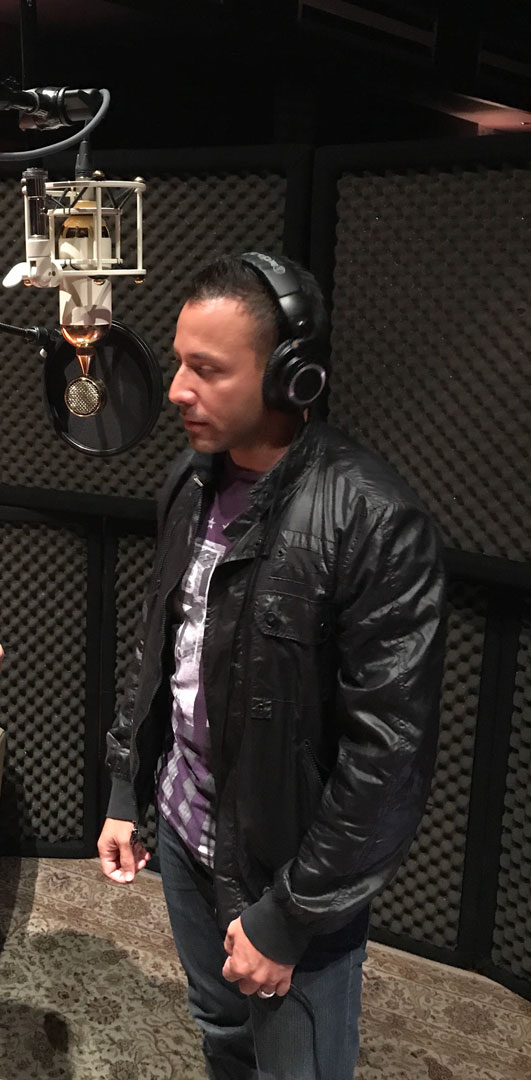
That makes a lot of sense because I was wondering how you approached stacking the vocals and harmonies and if that would cause any overlap?
Honestly, it was one of those things I didn’t even think about. Using the same mic wasn’t a concern: I never heard any problems and I never ran into a situation where I wanted a different tone from the mic.
singing through a great mic is perfection. From the engineering perspective that’s about as happy as you can get
The five guys definitely have different sounding voices already. So I really felt like this vocal chain captured the individual elements of the guys’ vocals. I wasn’t chasing different tones, the guys’ voices differentiated themselves.
With most mics I’ve used in the past I’ve had to massage here and there, depending on the track and singer. But I’ve used the 017 on several projects now and it’s always the same thing: I record the vocals and when I get ready to mix I say, “Dang, maybe toss some reverb on it and it’s done.”
It’s also great for singers: singing through a great mic is perfection. From the engineering perspective that’s about as happy as you can get
Was there anybody out of the 5 whose voice sounded particularly amazing on the 017 TUBE? Or was it unanimous?
Well, I really thought that Brian Littrell stood out. Just hearing his vocals gave me chills. It’s probably a combination of his voice with the mic and a classic song with a good arrangement, everything added together. But it just shined so great. Perfect for me.
Like I said earlier, I’m not super-duper technical. I don’t have every mic and I don’t talk about gear, so I was really looking for something that would be a game-changer for me and, man, I found it. I can’t imagine using anything else now.
Sounds like you’re too busy using gear to have time to talk about it anyway!
Haha, yeah, it was one of those things that was a drastically notable difference for everyone involved.
The single sounds amazing. When I heard it initially, it felt incredibly modern and rich. There is a pretty stark difference sonically when compared to the 90’s version. From a listener’s point of view, it didn’t feel that you were trying to recreate the original version exactly. It felt like its own thing while still true — and paying homage to — the core song. Was there a particular approach taken to the recording and production this time around?
That’s a great synopsis of it. We were not about to try and go back and recreate the original production. The idea was to create more of an acoustic feel. I think having a real band in the same room playing the song made a difference. You can definitely tell it’s I Want It That Way when they start because It’s still the same song, but with kind of a more mature and live feel. The idea was to add to it without taking anything away from it. I feel we accomplished that by sticking to the highlights of the song while maybe shining a new light on it.
I think good songs can be recorded in different ways and they’re still good songs. I think it still showcases the original, but with a new spin, and you’re able to hear these guys in a way that people haven’t heard before. I think good songs can be recorded in different ways and they’re still good songs
The biggest difference is five players in a room coming up with a new feel… and it happened naturally. We didn’t have to hunt or try too hard. Good songs have a way of doing that.
It gives that “timeless” feeling.
Yeah. Exactly.
What was the mixing process like for the song?
Well, we had spread the work out on the song and I already knew I would be mixing it ahead of time, so that made it easier because I already had the final destination in my head before I started mixing.
I’m an all in-the-box guy. I didn’t grow up using consoles, I grew up using computers… so I guess I give away my age a little bit.
In the mix, the vocals have minimal EQ in context. You would be surprised. Basically, not much happened from the tracking of the vocals to the final mix. The sound we wanted we got right at the beginning. Pretty much anything else we did was subtle.
I felt like the mix part was kind of effortless because I had been working on it off and on for a while. I had done a lot of the prep work, getting it to sound how I wanted it to sound over the course of several weeks. I probably spent a couple of days making sure it was as good as I could possibly make it before turning it in.
Then we had Greg Calbi at Sterling do the mastering and he’s one of the best in the game, just phenomenal.
It was a little intimidating to mix a new version of such a successful song, given the fact that you never know how people are going to react to such a big band and a big song being done in a different way.
I tried to make the mix feel as much like a real band playing real instruments as I could, without sounding overdone; nothing coming out of nowhere. I tried to keep it as simple and basic as I could; hopefully, that translates to what people are hearing
Yeah, it doesn’t have that stereotypical “overproduced pop band” sound. It definitely feels organic.
That was really the goal.
What are you currently working on?
Well, I’m excited to have been recording and mixing an album for the duo, Penny and Sparrow. That comes out in August. That’s a great, great record with great folks and I think people will really enjoy it. We used the Soyuz on that as well.
I do a lot of work in South Africa, actually. So today I’m working with a South African artist.
I’m then about to start a record for a Florida band called “The Icarus Account,” and a band from Athens, GA called “Oh Jeremiah.”
It’s a wide scope with me. One day it’s South Africa, one day its Ireland; one day it’s right up the street in Muscle Shoals.
Well, we can’t wait to hear more!
Learn more about Chris and his works here: http://www.chrisbethea.com/
FB: https://www.facebook.com/chrisbetheamix/
IG: @chris_bethea
Twitter: @chrisbethea
